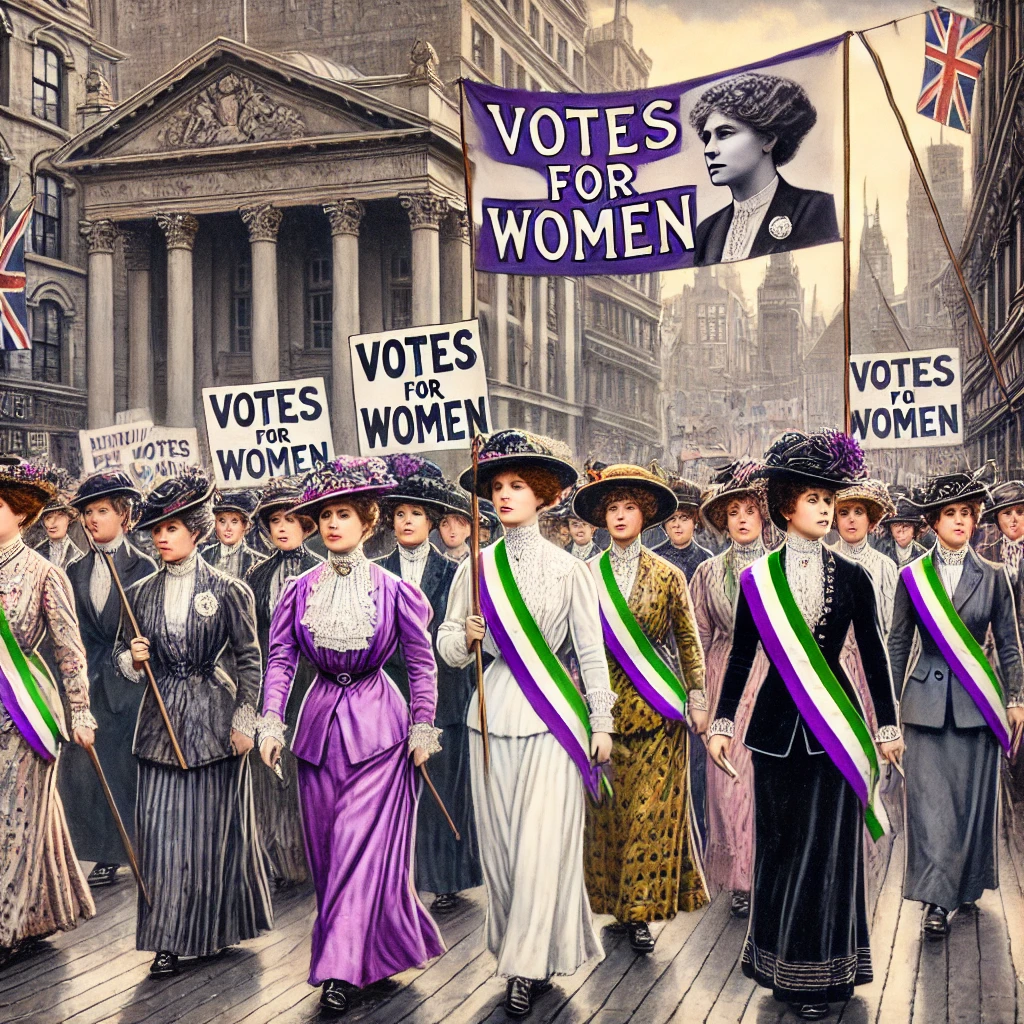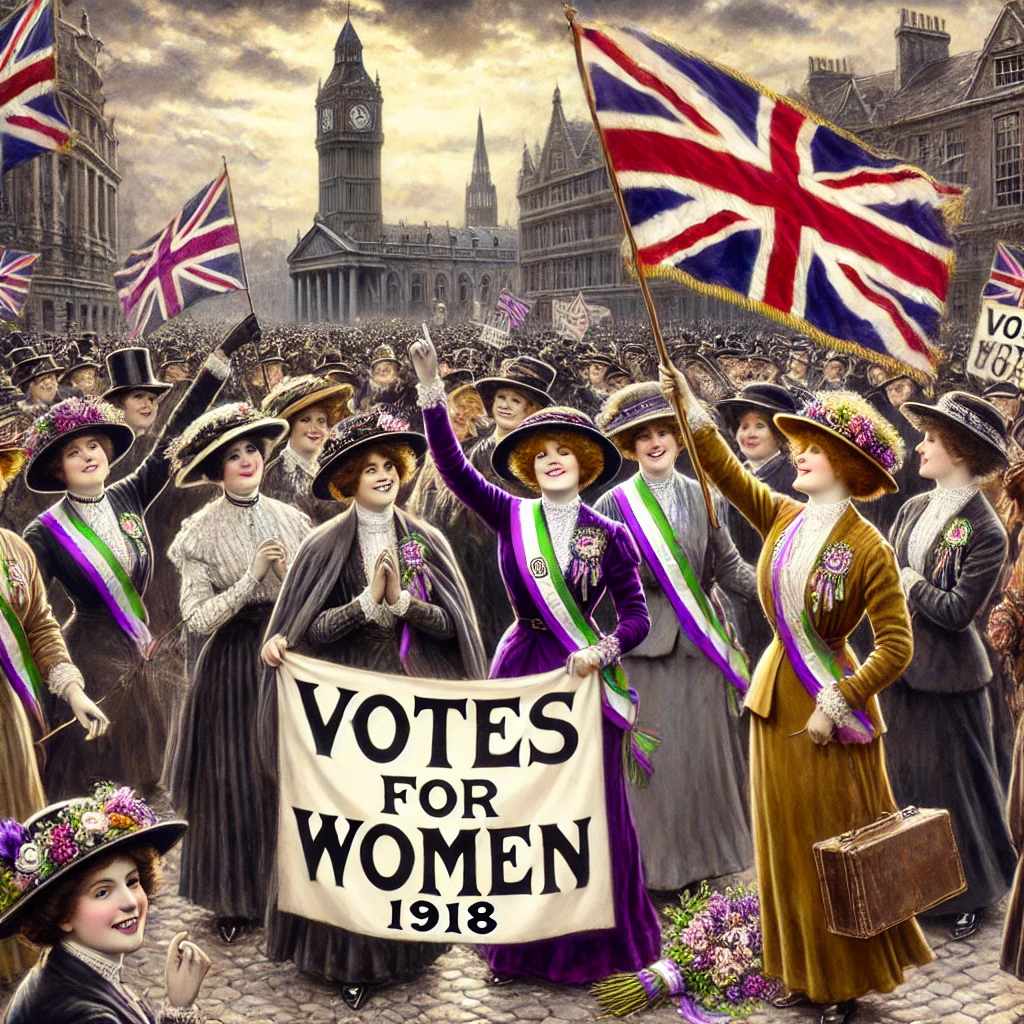December 14, 1918, marks a groundbreaking moment in history as women in the United Kingdom exercised their right to vote in a general election for the first time. This monumental day was the result of decades of tireless campaigning by suffragists and suffragettes, who fought valiantly for gender equality and political representation. While the Representation of the People Act of 1918 granted voting rights to women over the age of 30 who met property requirements, it was a crucial first step in the ongoing struggle for universal suffrage.

The Fight for Women’s Suffrage
The road to December 1918 was paved with determination, sacrifice, and resilience. Organizations like the National Union of Women’s Suffrage Societies (NUWSS) and the Women’s Social and Political Union (WSPU) led the charge, using both peaceful protests and more militant tactics to demand equal voting rights. Activists like Emmeline Pankhurst and Millicent Fawcett became household names, symbolizing the movement’s diverse strategies. The efforts of women during World War I, particularly their vital contributions to the workforce, further strengthened their case for inclusion in the democratic process.
The Representation of the People Act of 1918 was a landmark piece of legislation, though it stopped short of full equality. While women gained the vote, the property and age restrictions excluded many working-class women. Nonetheless, this victory invigorated the suffrage movement, setting the stage for continued advocacy and eventual parity.

Significance of December 14, 1918
On that historic day, over 8 million women cast their ballots, participating in a democratic process that had long been denied to them. This election also marked another milestone: the first woman, Constance Markievicz, was elected to Parliament, though she did not take her seat. The inclusion of women in the electorate transformed the political landscape, challenging traditional notions of governance and power.
This moment wasn’t just about the right to vote—it was a declaration that women’s voices mattered in shaping the future of the nation. The event demonstrated that change was possible, even in the face of entrenched societal norms and resistance.
Lasting Impact and Legacy

The events of December 14, 1918, paved the way for further progress in women’s rights. Ten years later, in 1928, the Equal Franchise Act granted voting rights to all women over the age of 21, achieving parity with men. This progression reflected the growing recognition of women’s contributions to society and their right to equal participation in democracy.
Today, the legacy of this historic moment serves as a reminder of the power of activism and collective action. The achievements of suffragists continue to inspire movements for gender equality worldwide. While significant strides have been made, the fight for equal representation and opportunities remains relevant, underscoring the importance of preserving and building upon the progress made over a century ago.
December 14, 1918, is a date that symbolizes both the victories of the past and the ongoing pursuit of equality. It stands as a testament to the indomitable spirit of those who dared to demand a seat at the table and a voice in the decisions that shape society.
